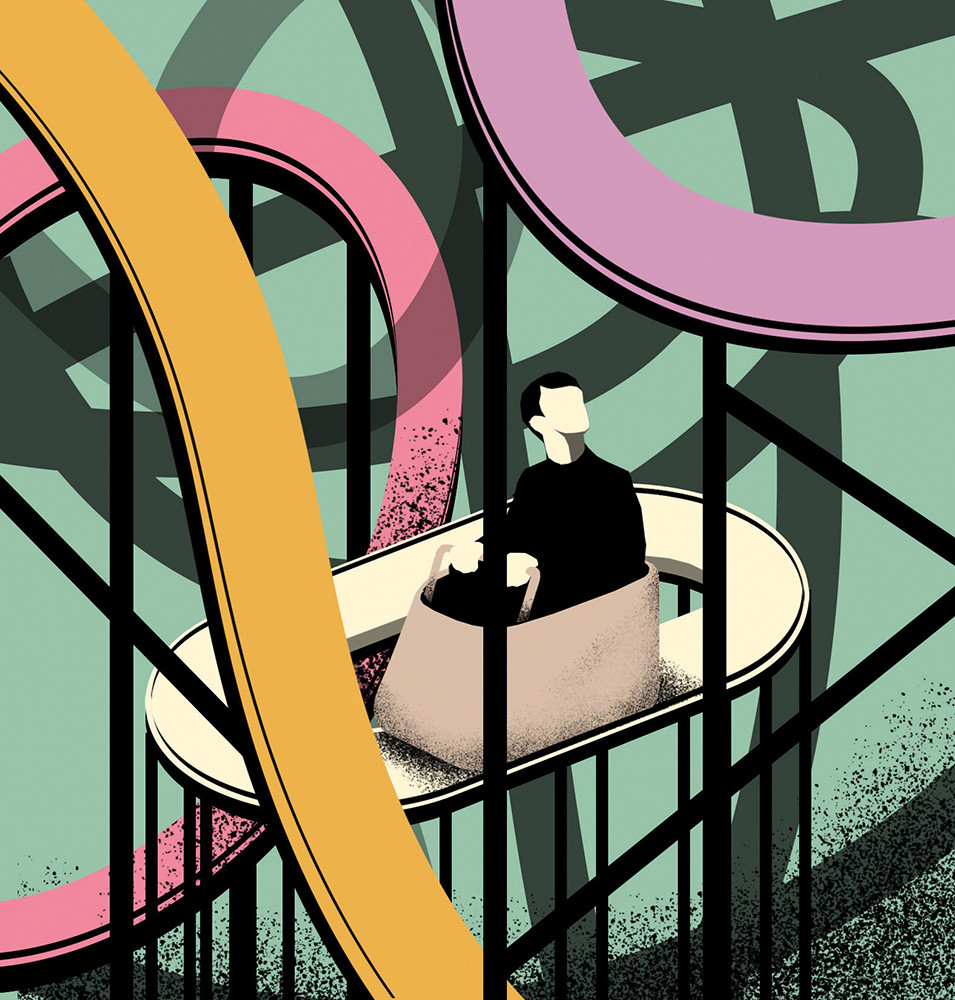[ad_1]
With a world in crisis and an art market spinning out of control, seasoned creative consultants bring hard truths to our readers.
I have an artist friend who’s smart, witty, and overall very fun, despite being a total narcissist. To be honest, his work is pretty terrible, and, what’s worse, he continually talks about all his “masterpieces.” I am OK with art people being brash and egotistical if it’s an intentional attack on bourgeois taste, but my friend is clueless and overconfident. I write art criticism, and he’s always fishing for compliments. I avoid talking about his art, but feel like a hypocrite. How long can I sustain our friendship if I can’t tell him what I really think? Can I even be his friend?
Good art reflects humanity at its best, but unfortunately being a good artist and a good human do not always go hand in hand. Some of our greatest artists have also been our biggest a-holes, and some of the worst artists are the best people you could ever meet. Can you imagine a world where you can only be “friends” with the artists whose work you like best? From half-baked home chefs who dream of restaurant glory to wordy novelists who personally inscribe pity-purchase books, your friends rely on your encouragement for their undercooked and overwrought expressions.
Take solace in knowing that you aren’t the only hypocrite at your friend’s opening. We all have close buddies who we support in life despite feeling deeply embarrassed by their art. Pained by their formal choices and easy gestures, the aesthetes among us are quick to denigrate their work as only worthy of hospital cafeterias and Panera Breads. One need not be a critical theorist to be made irate by your chum’s mental laziness and yucky art-dude vibe.
Ask yourself if this person is a friend or just an art acquaintance, because there is an essential difference. Unfortunately, the art world scrambles these categories because it thrives on transactional relationships and social anxiety. If this artist is unconditionally a true friend, continue your moral support and do your best to offer constructive criticism along the way. But if his bad art is still too much to stomach, you have unconsciously found a reason to finally confront an art friendship that has run its course.
When I was a top-tier gallery director, I unabashedly loved selling art. It felt amazing to close a deal, but work became my entire life, and after six nonstop years I burned out. Today, I have a good job heading up development at a revered art nonprofit. Raising money for a place with a real mission is relatively satisfying, but honestly it just doesn’t compare to the thrill of making a sale. Writing grants is torture, and all the artists who love us have no money. Instead of collectors groveling to get what they want from me, now I’m the one kowtowing to them. A large part of me wants to go back into the commercial world despite knowing what it will do to my insides. Why am I so torn?
In many ways, you are a caged animal in a collector’s private zoo. You long for freedom, but what you crave most is a steady supply of red meat. You have a Pavlovian response to money, and, with it, raw power. No tongue bath will remove the art market musk from your hide. The warm, soul-enriching feeling you get from soliciting checks for capital campaigns just doesn’t compare to the nourishing commissions you once earned. You have survived on a meaty diet of gossip and gala dinners, but when it comes to taking a bite out of life you have the gene that makes cilantro taste like soap. There are a few options depending on what represents the real you. You can either reenter the fray of the gallery world and release the beast again, or try to enjoy a vegan nonprofit meal. You never know, it might taste good, maybe even like real meat if you close your eyes. Eat all you want, but you might find it is Impossible™ to go Beyond Meat®.
This article appears under the title “Tangled Paths” in the February 2020 issue, p. 30.
[ad_2]
Source link


